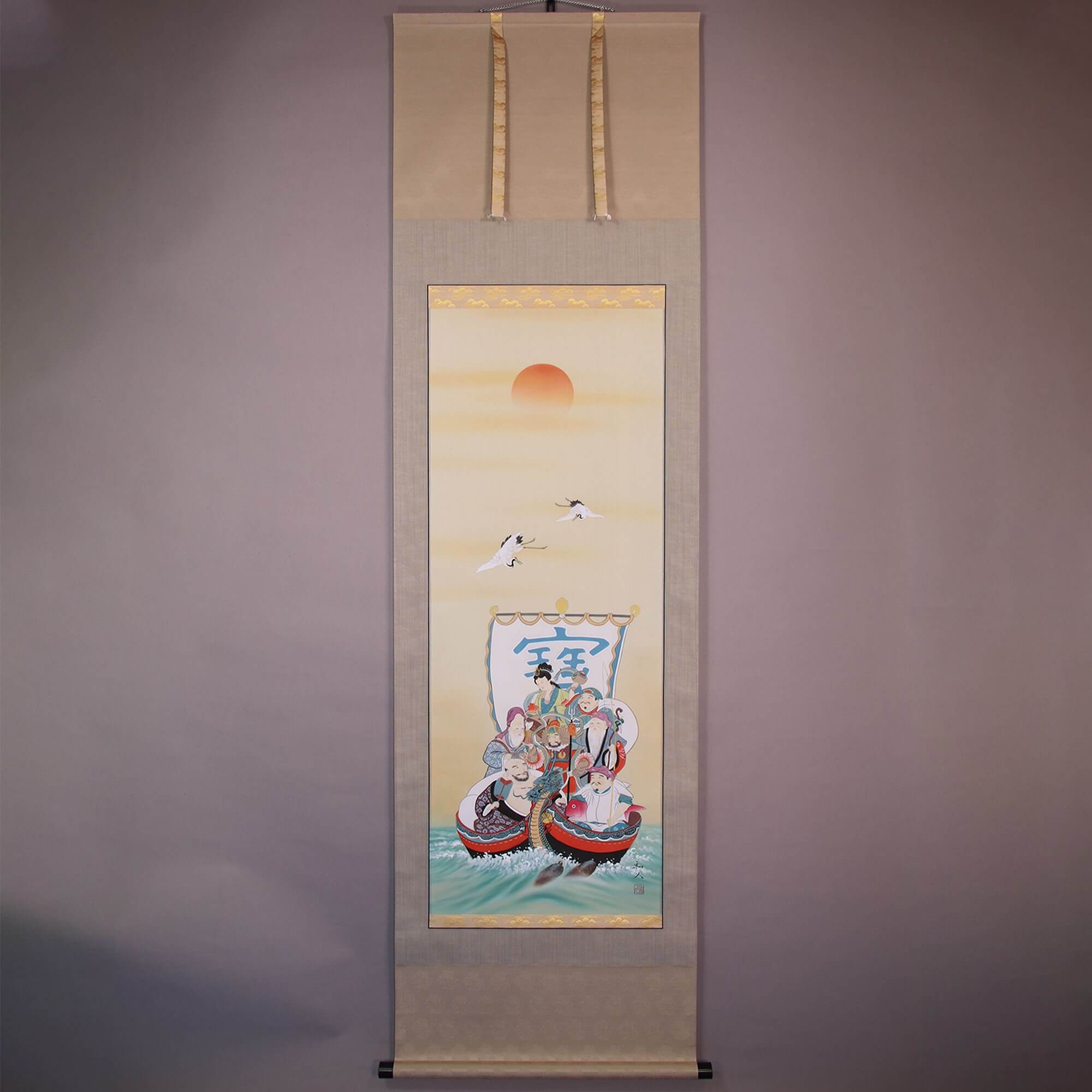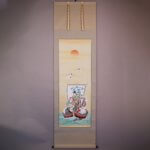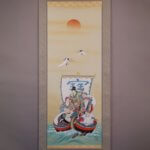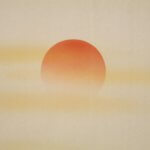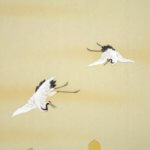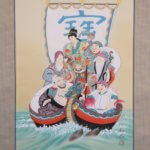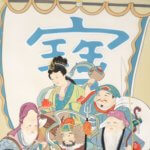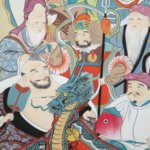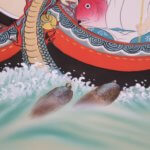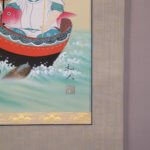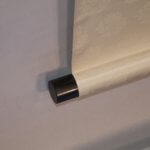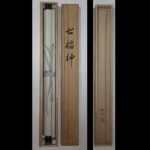Kakejiku Hanging Scroll: Treasure Ship (Seven Lucky Gods) / Nishida Kazuto - Takarabune (Shichifukujin)
- Product ID
- B0069
- Name
- Nishida Kazuto
- Profile
A Japanese-style painter. In 1947, born in Hyōgo pref. Member of the Shunkō Bijutsuin. A frequent prize winner. Specialized in landscape paintings, figure paintings, auspicious paintings, and Western-style paintings.
- Size
- 600mm x 1950mm
- Roller End Material
Redsandakwood- Material of the Work
- Silk
- Stock Condition
- Sold out
- Payment: Click the Paypal Mark
- Duty and Taxes
Import duty and taxes are beyond our control and may apply to your shipment. Please noted that these fees are the responsibility of the buyer.
- Description
A takarabune is a painting of a sailing ship loaded with treasures which the Seven Lucky Gods ride, or a painting depicting the situation. It is also a seasonal word for the New Year. It is said that various treasures such as coral, gold and silver, and jewels are loaded on the takarabune. Therefore, the takarabune is considered to be a congratulatory ship, and figurines in the shape of the Seven Lucky Gods riding on this ship are popular as lucky charms. It is also popular as a painting theme and was also depicted by Ukiyo-e artists in the Edo period.
This work is a work by Japanese-style painter Nishida Kazuto who drew a takarabune of the Seven Lucky Gods in bright colors. The lively appearance on the ship is very smiling. This work, which depicts a takarabune carrying happiness as if it were heading toward the viewer, is an auspicious and extremely congratulatory painting. I definitely want to decorate it on New Year’s Day.

